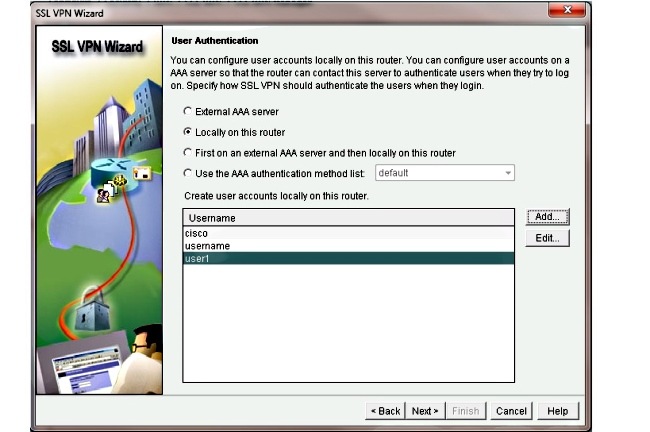
Im not an expert on routing so Ill ask what. This setting is configured on the VPN server/concentrator. Unauthorized use is prohibited.īanner value Use of this network constitutes consent to monitoring. If host and guest can PING each other with VPN running, then VPN policy is allowing local LAN access.

The original 'permit 0.0.0.0' was removed and I cannot add it back, the ASA is now telling me that I have to use 'any4' to represent this.īanner value This is a private network.
#Cisco vpn client allow local lan access upgrade
After the upgrade I can no longer see this, only that 0.0.0.0/0 is a secured route, and I cannot access Local Lan. Clearly the default behavior is to not allow Local LAN Access. Prior to upgrade I could see under Route Details the Unsecured Routes of my Local Lan. Here is how you can fully bypass thoses restrictions allowing you to access both VPN and local’s servers. My An圜onnect was set up according to for Local Lan Access. There’s an option enable LAN in the Cisco VPN client, but it may be overriden by server’s rules.

To check this, open a VPN connection (see below), and click onto the little An圜onnect menu icon and choose Show Statistics Window like here Click VPN at the top right of the. I upgraded ASA version from 9.1(2) to 9.3(2). By default, if a VPN connection is active, access to local LAN is impossible, meaning you are unable to use devices like local printers or other local network services. The Allow Local LAN Access parameter gives you access to the resources on your local LAN (printer, fax, shared files, other systems) when you are connected.


 0 kommentar(er)
0 kommentar(er)
